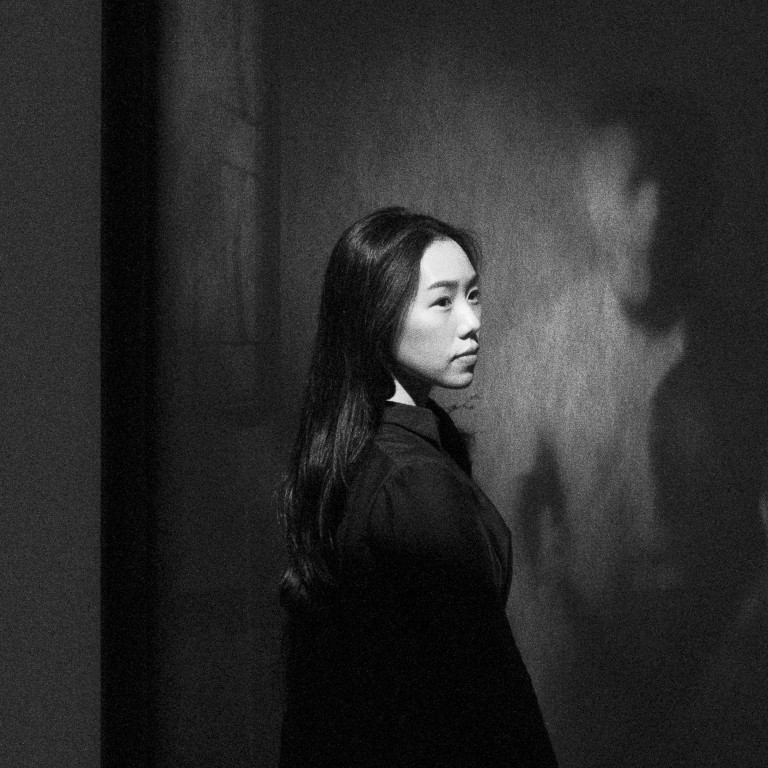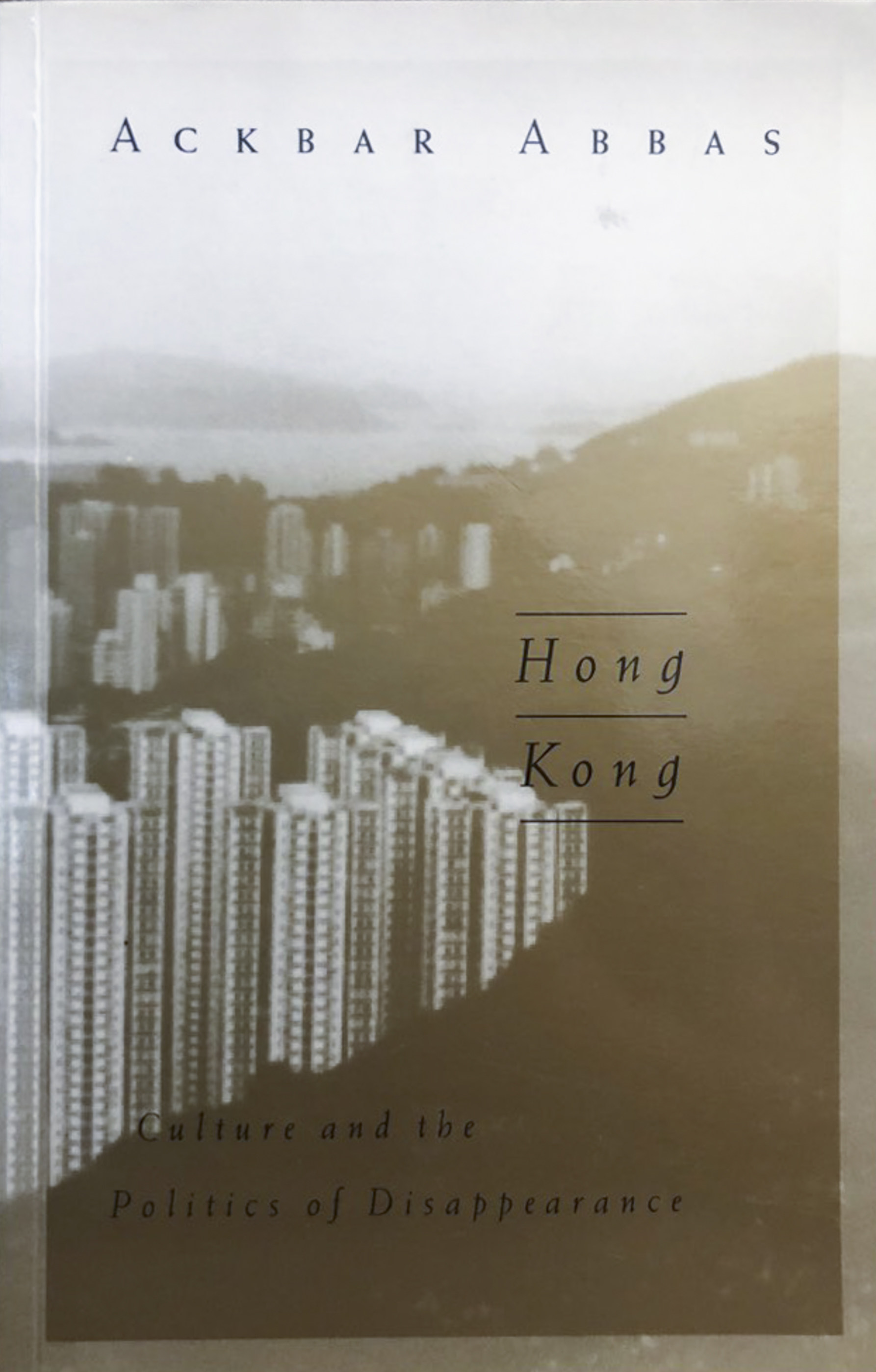
How reading a book that skewers ‘East vs West’ clichés about Hong Kong changed the life of this contemporary artist
- Sharon Lee read Ackbar Abbas’ book about the implications of transience and disappearance on the culture of Hong Kong
- She explains how it informs her work, which involves photography that examines disappearance and absence
Hong Kong: Culture and the Politics of Disappearance (1997), by former University of Hong Kong professor Ackbar Abbas, examines the cultural implications of transience and disappearance, and the role they play in the culture of Hong Kong.
Contemporary artist Sharon Lee Cheuk-wun, whose work uses photography to examine cultural representation and identity, often dealing with issues of disappearance and absence, explains how it changed her life.
I read it in 2019. I was studying for an MFA (master of fine arts) at Chinese University of Hong Kong, and I had time to read academic books. It was recommended by a friend, although she was, like, “It might not be too relevant to the current time.”
It was published in 1997 but even after two decades, I found the book still quite inspiring.
I was drawn to it because I’m drawn to absence. The key concept is that disappearance is not about non-appearance; it’s a misrecognition of reality that results in the misrepresentation of cultural forms. That idea helped a lot with my work.
The book also mentions cultural materials. It says that cliched representations of a city make it disappear.
Its main argument in the Hong Kong context is that it’s always problematic when we use the old binaries to describe it. Like the old “East-versus-West” that people are fixated on, from food to architecture. It just makes Hong Kong disappear; it’s not helpful in seeing the uniqueness of Hong Kong.
It becomes just a boat with a skyline – very empty symbols.

The presence of absence, disappearance and transience are rooted in the city. I found the book interesting as a theory to see Hong Kong. My art practice always has a photographic element. I often consider myself to be making photographs, not taking photographs. There’s reproduction and erasure involved.
My practice uses disappearance as a reference. I found it helpful, the way this book provided me with a new way of seeing Hong Kong culture, and how disappearance is not necessarily a negative. I use disappearance to develop a visual language to counter that misrepresentation.

When I develop new projects, I often find the book’s observations inspiring: for example, for Wish You Well (2020), a photo inspired by old postcards of Hong Kong Zoological and Botanical Gardens related to Hong Kong’s colonial past. It is a public garden, but it was known among locals as a private garden for the commander-in-chief.
Naming and labelling are always problematic in Hong Kong. There’s a fountain in the centre of the garden; when I went to the site, I found a huge rainbow repeatedly appeared there at the same time in the afternoon. I asked visitors to make a wish, using a collective act of will to reclaim the space.
I never try to use theories to support my work but this book gives me a powerful lens to see Hong Kong in a different way. Living in the city, you might not be that conscious of these symbols.

